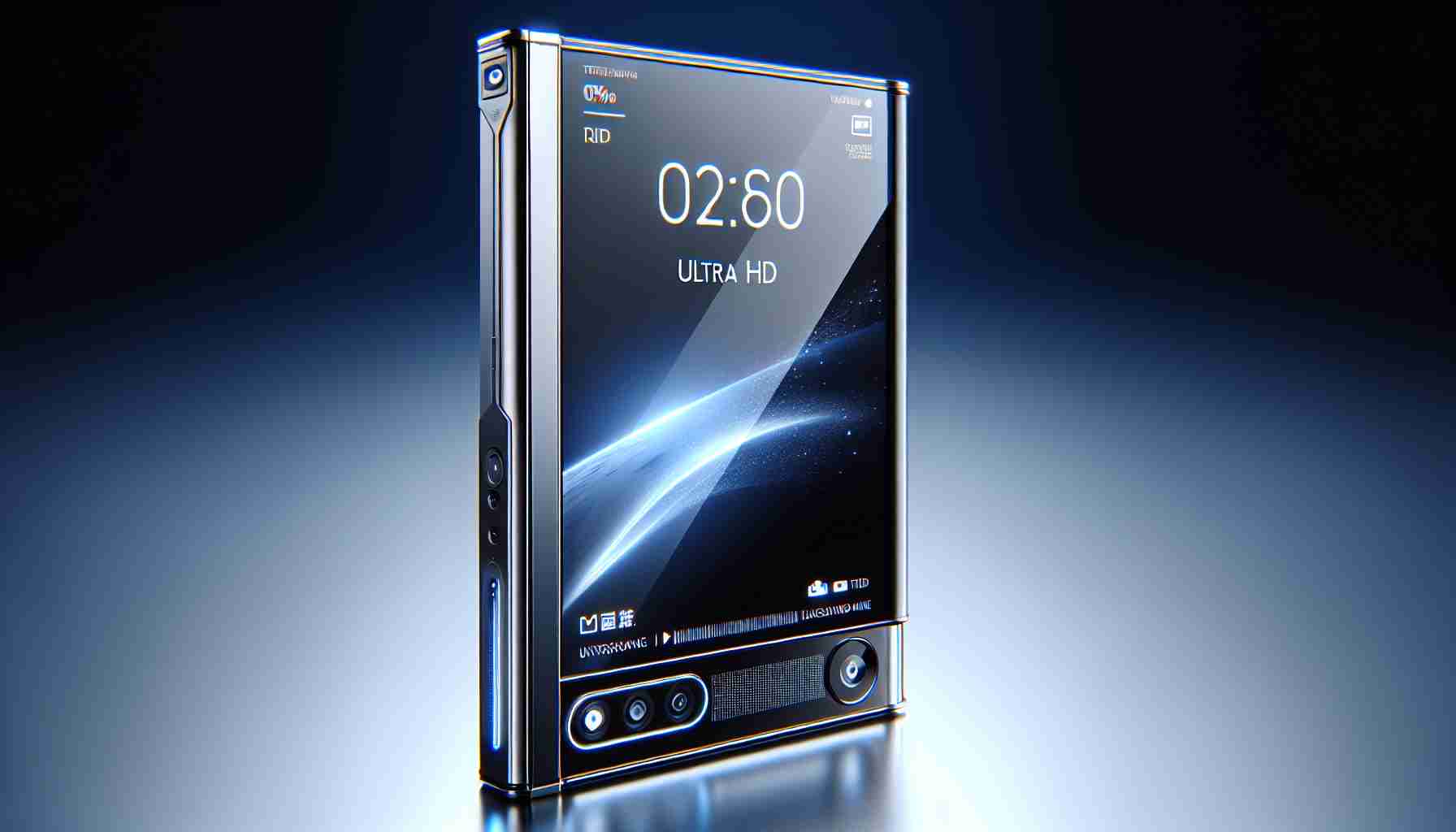Apple Works on a Fresh Design for iPhone 16
Apple has been known for its characteristic notch in iPhone models since the introduction of the iPhone X. However, the tech giant made a shift with its iPhone 14 Pro series, opting for a new ‘Dynamic Island’ design. Emerging details now suggest that Apple is preparing to surprise users with an even more innovative design for the upcoming iPhone 16.
The leaked visual clues point towards a design evolution that includes a camera arrangement reminiscent of Samsung’s smartphones. Besides the new camera layout, the iPhone 16 appears to remain true to the classic iPhone aesthetic that fans have come to know and love.
Comparing Past Generations: The iPhone 15
To set things into perspective, the iPhone 15 currently offers a 6.1-inch 1170×2556 resolution FHD+ display with a 60Hz refresh rate. This display not only boasts an OLED panel but is also fortified with Corning Ceramic Shield Glass for enhanced durability.
Under the hood, the iPhone 15 is powered by the impressive Apple A16 Bionic chipset, featuring a total of six cores, including two high-performance cores running at 3.46 GHz and four efficiency cores at 2.0 GHz. Paired with 6GB of RAM, this powerful core is energized by a 3349mAh battery that supports fast charging up to 20W.
Apple’s Camera Capabilities Remain Impressive
The standout feature for any iPhone is often its camera. The iPhone 14, for instance, introduces a dual rear camera setup. This includes a main 48MP camera with a f1.6 aperture and Optical Image Stabilization (OIS). Accompanying the primary sensor is a 12MP ultra-wide camera with a f2.4 aperture. For selfie enthusiasts and video calls, there is a 12MP front-facing camera with a f1.9 aperture, ensuring crisp clarity for all user interactions.
Important Questions and Answers:
– What might drive the redesign of the iPhone 16?
Apple constantly seeks to innovate and maintain market leadership. The redesign for the iPhone 16 may be driven by consumer feedback, market trends, and the need to incorporate new technologies.
– How does the new camera arrangement on the iPhone 16 compare to previous models?
The new camera arrangement hinted to be similar to Samsung smartphone layouts suggests a departure from Apple’s traditional single vertical row of cameras. This could signal an aim to improve photography capabilities or offer new features.
– Key Challenges and Controversies:
A major challenge for Apple is to innovate while retaining the brand’s signature aesthetics. This need for balance often leads to controversies, especially among loyal customers who may be resistant to change. Additionally, the constant pressure to outperform competitors and introduce market-leading features can lead to controversies, particularly if new designs do not meet customer expectations or if there are issues with new features.
Advantages and Disadvantages:
The advantages of a fresh design can include better user experience, incorporation of new technology, and staying ahead of competitors. It can also reinvigorate consumer interest and potentially boost sales. On the other hand, disadvantages may include alienating loyal customers who prefer the traditional design, potential risks of untested features, and the need for consumers to adapt to changes which may not be universally welcomed.
Related Links:
– To learn more about Apple’s products and announcements, visit Apple’s official website.
– For updates on the latest smartphone technology trends and expert analysis, you might check out TechCrunch.
Facts that are relevant but not mentioned in the article:
– Competitive Environment: The smartphone market is highly competitive, with manufacturers like Samsung, Google, and Huawei constantly updating their designs to capture market share. Apple’s design changes are not only meant to appeal to consumers but also to stay competitive.
– Technological Advancements: With each iPhone iteration, Apple typically incorporates the latest technology, which may include advancements in processors, battery life, display technology, and camera improvements.
– Eco-Friendly Initiatives: Apple has made commitments to reduce its carbon footprint, which can influence design decisions, like removing the charger from the iPhone packaging.
– Accessibility Features: New designs and features often come with improved accessibility options to better serve a wider range of users, including those with disabilities.
– Economic Factors: Economic factors and supply chain challenges can affect product design and features. For instance, the global semiconductor shortage has impacted production timelines and capabilities for tech companies, including Apple.
